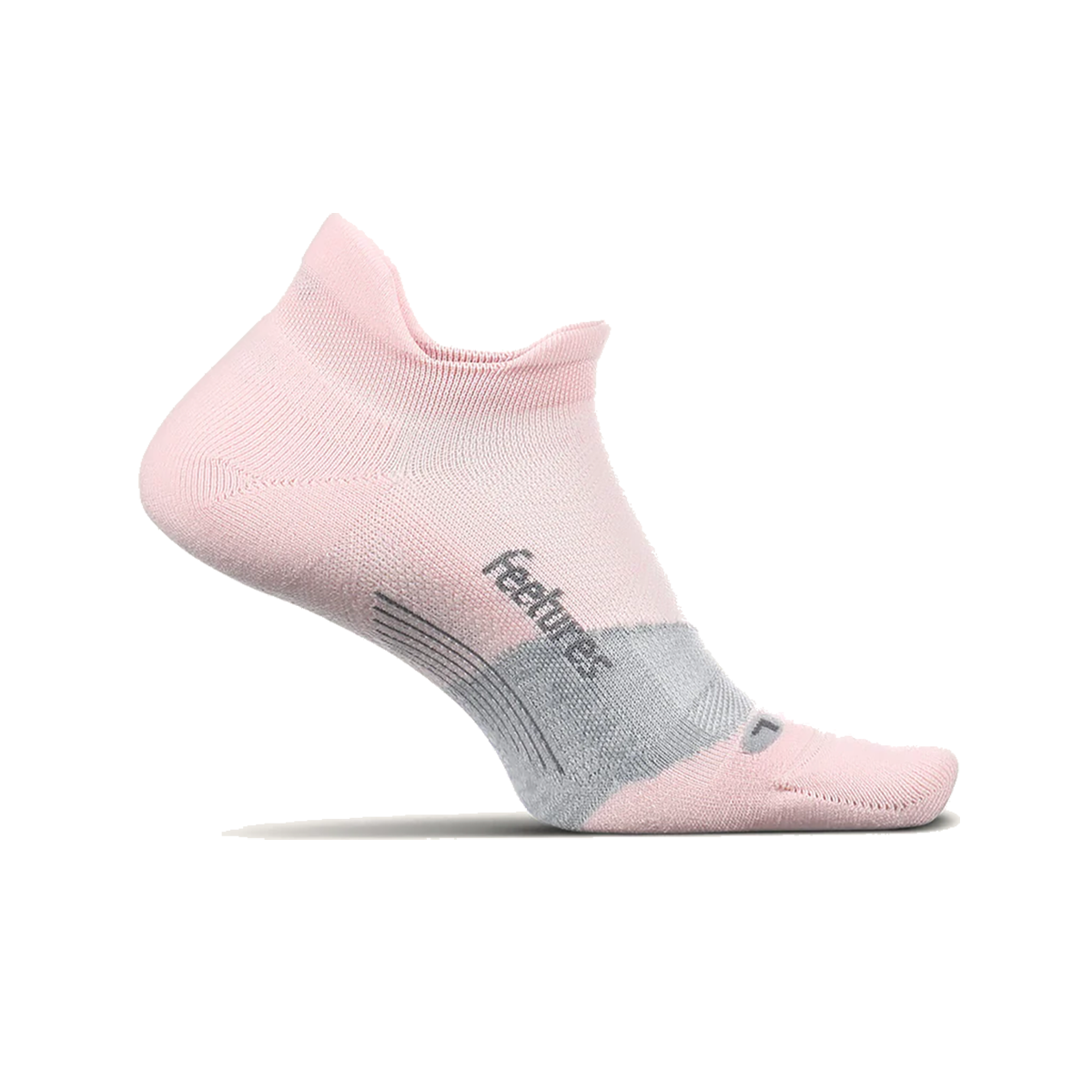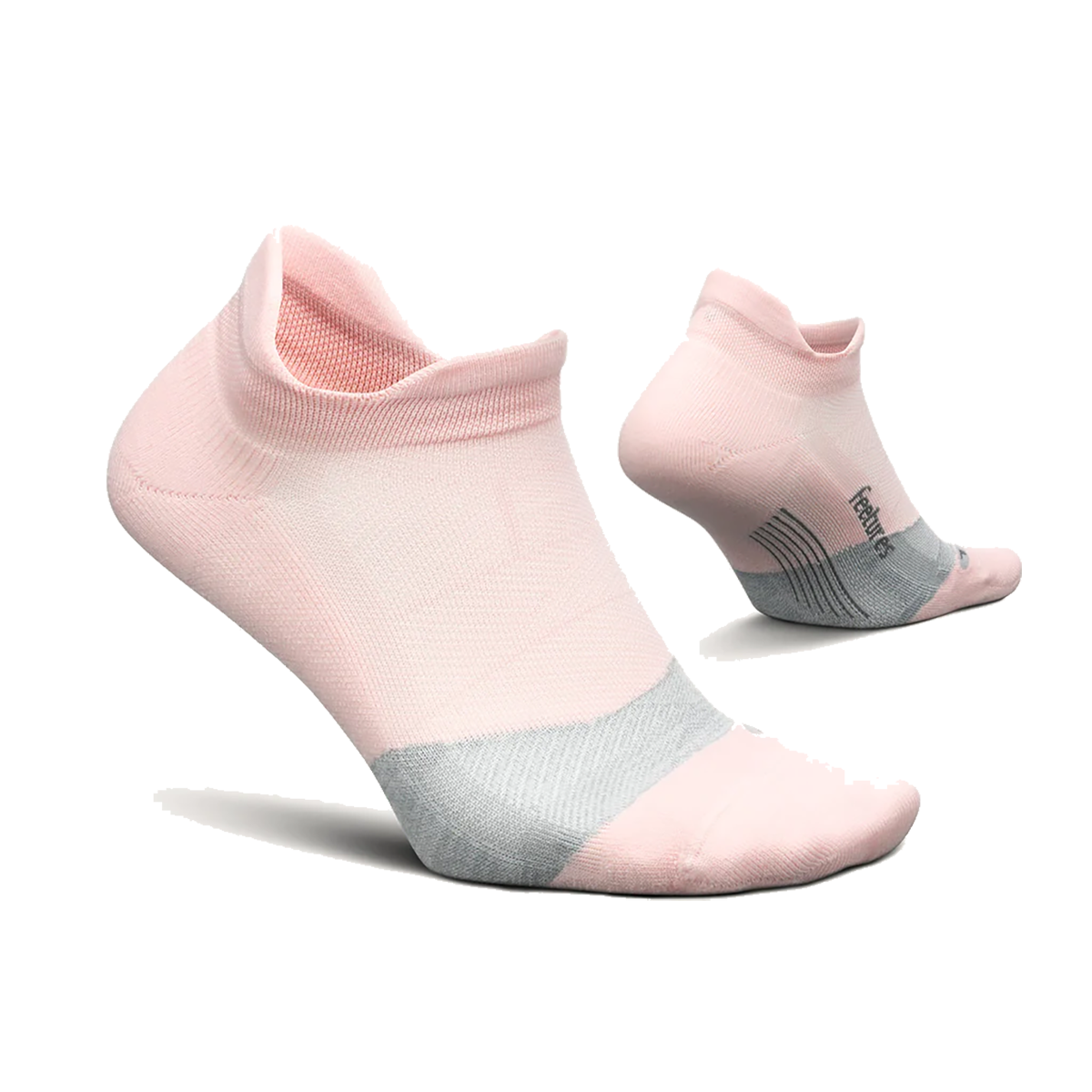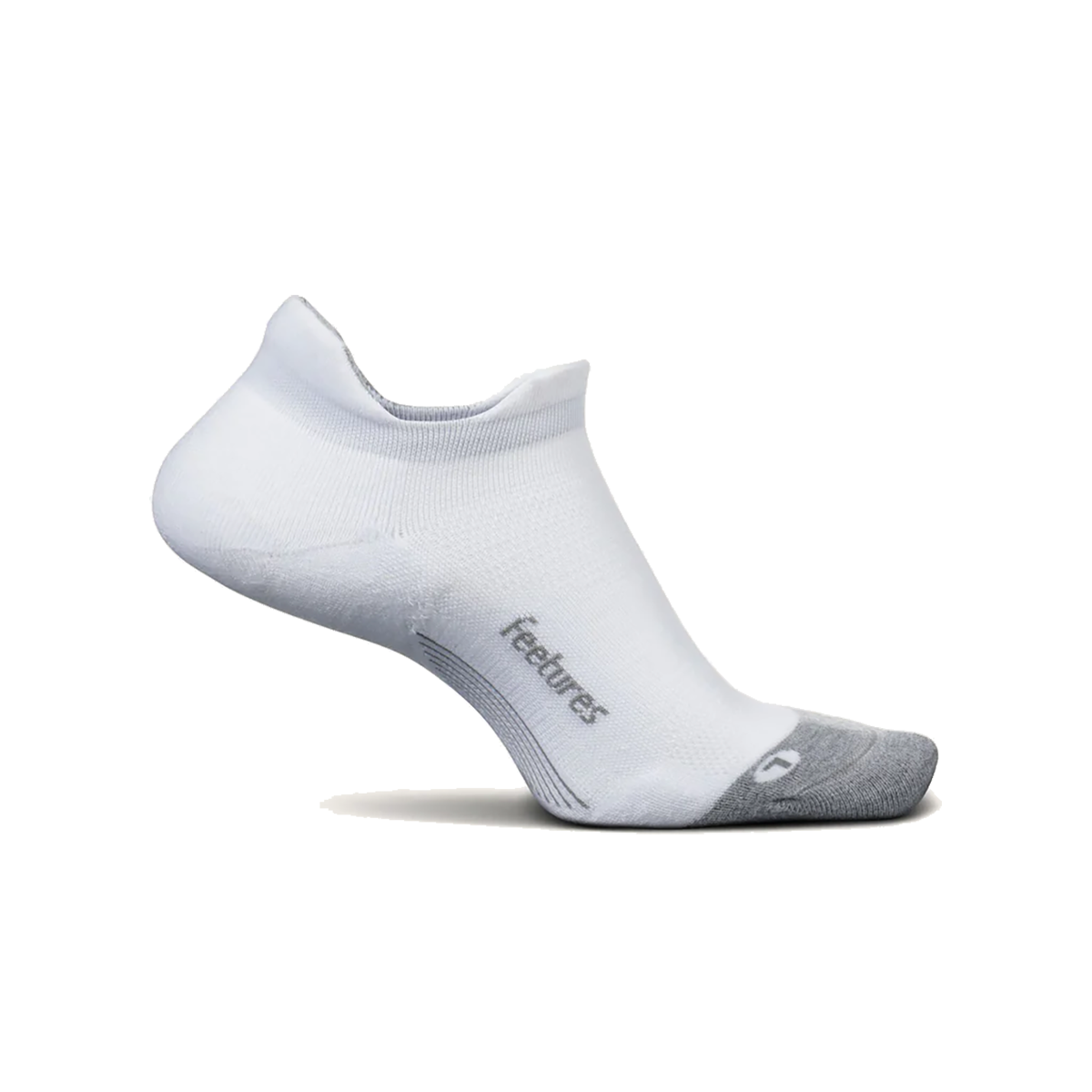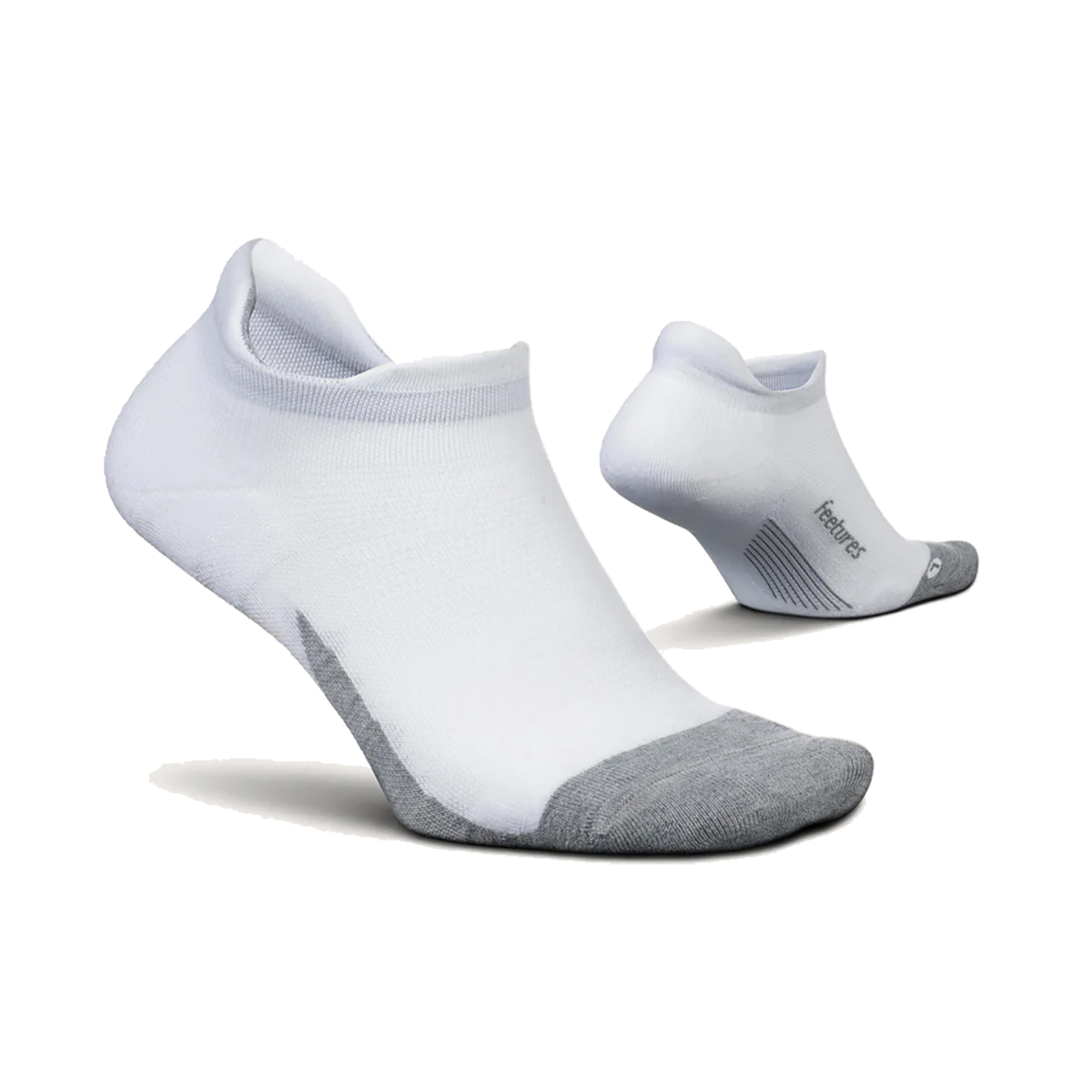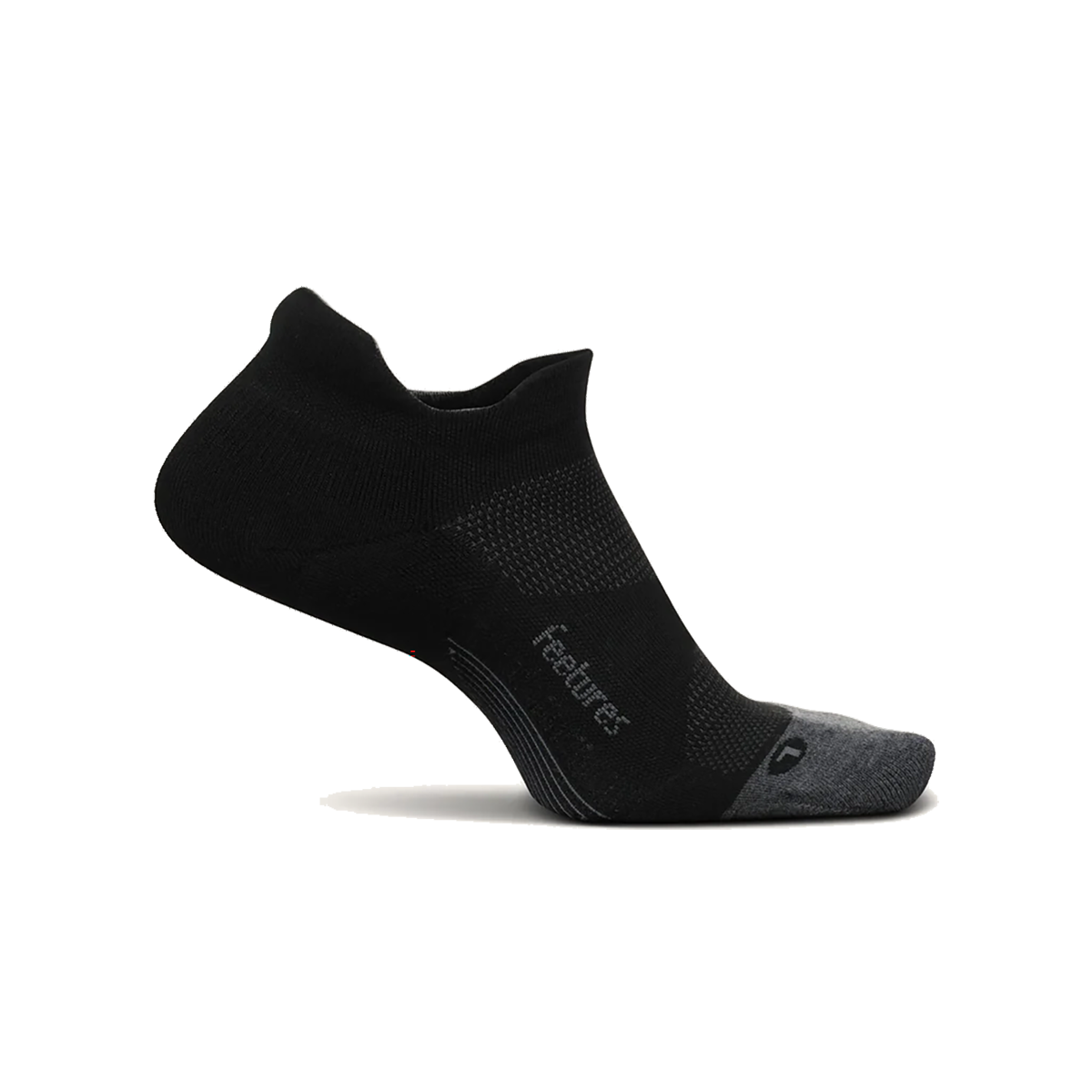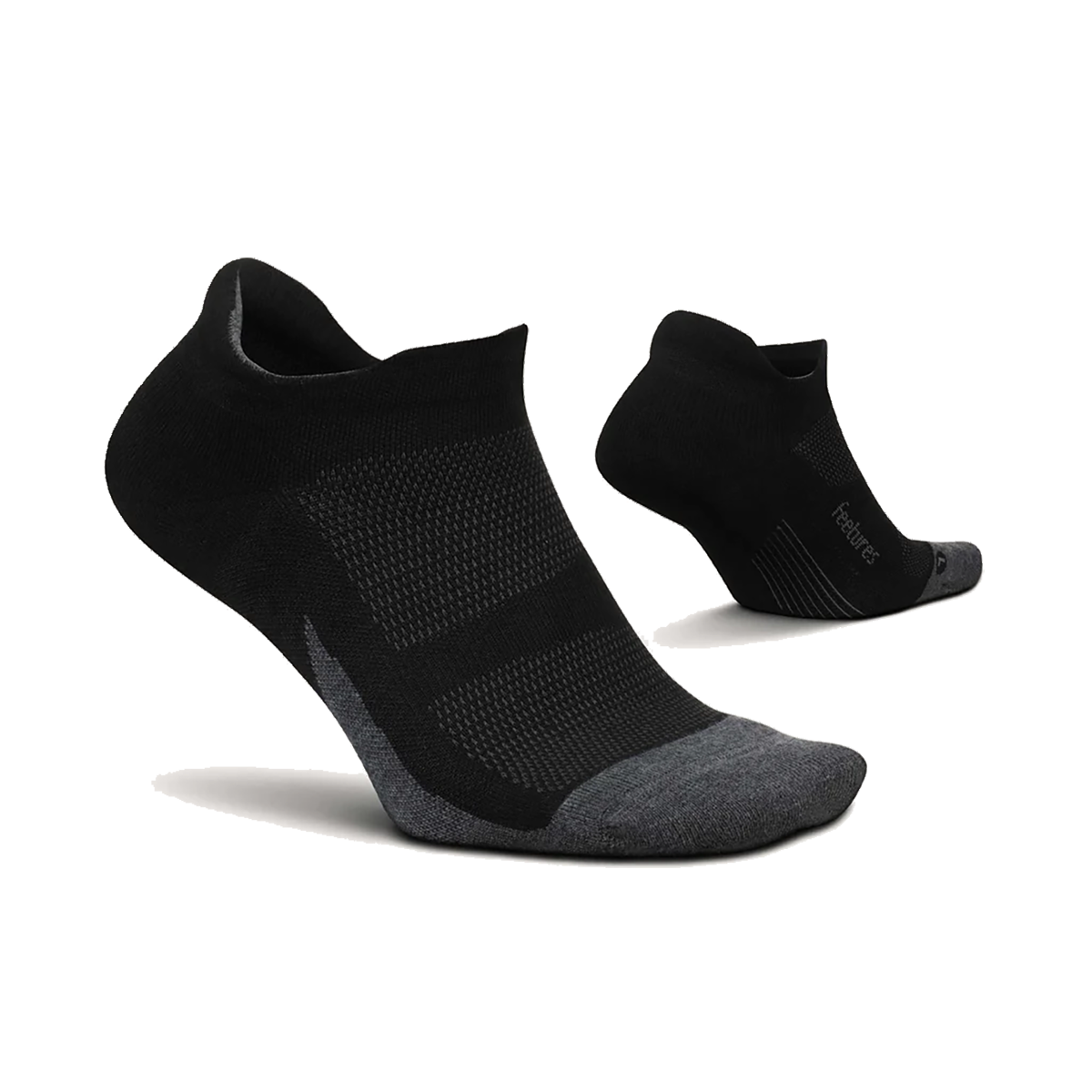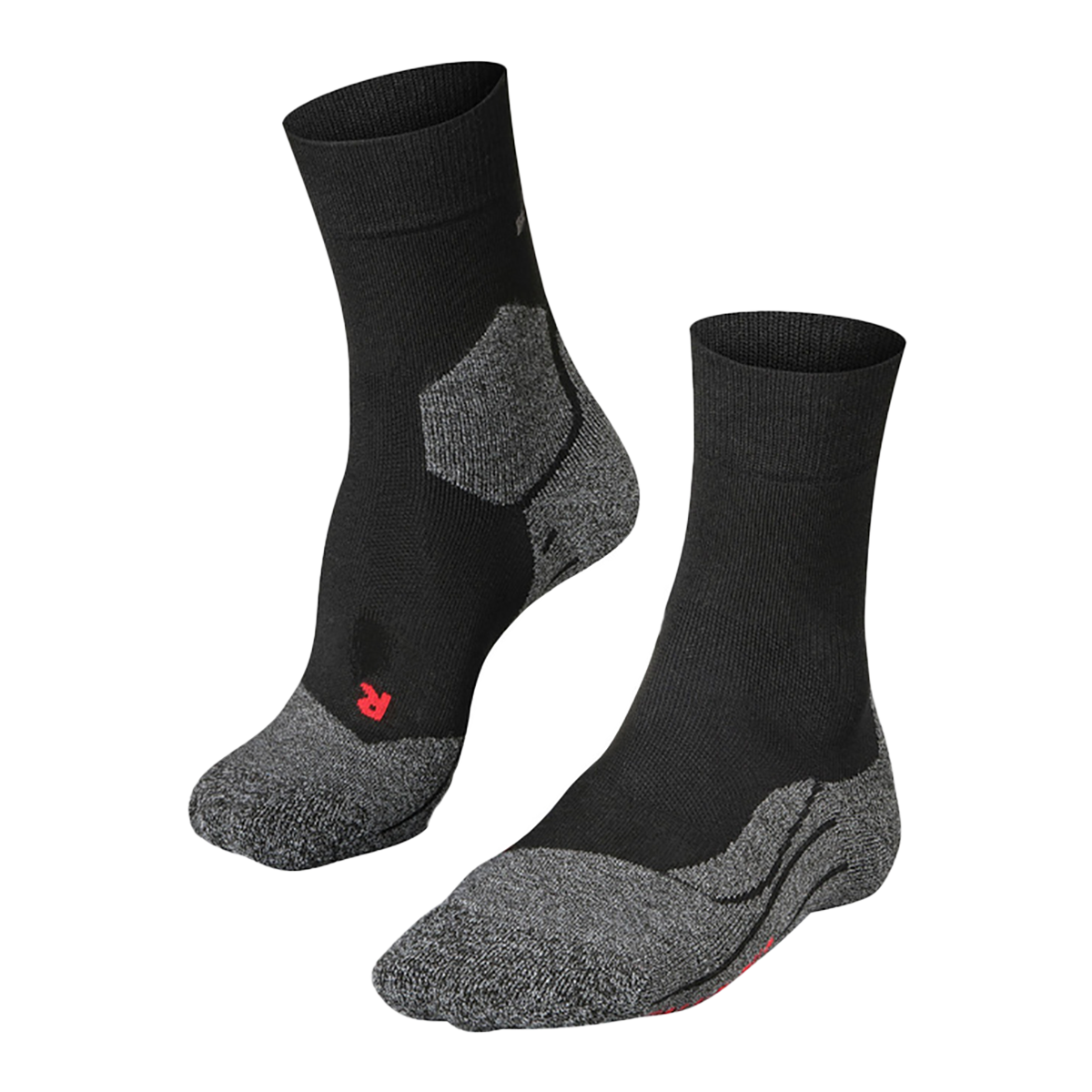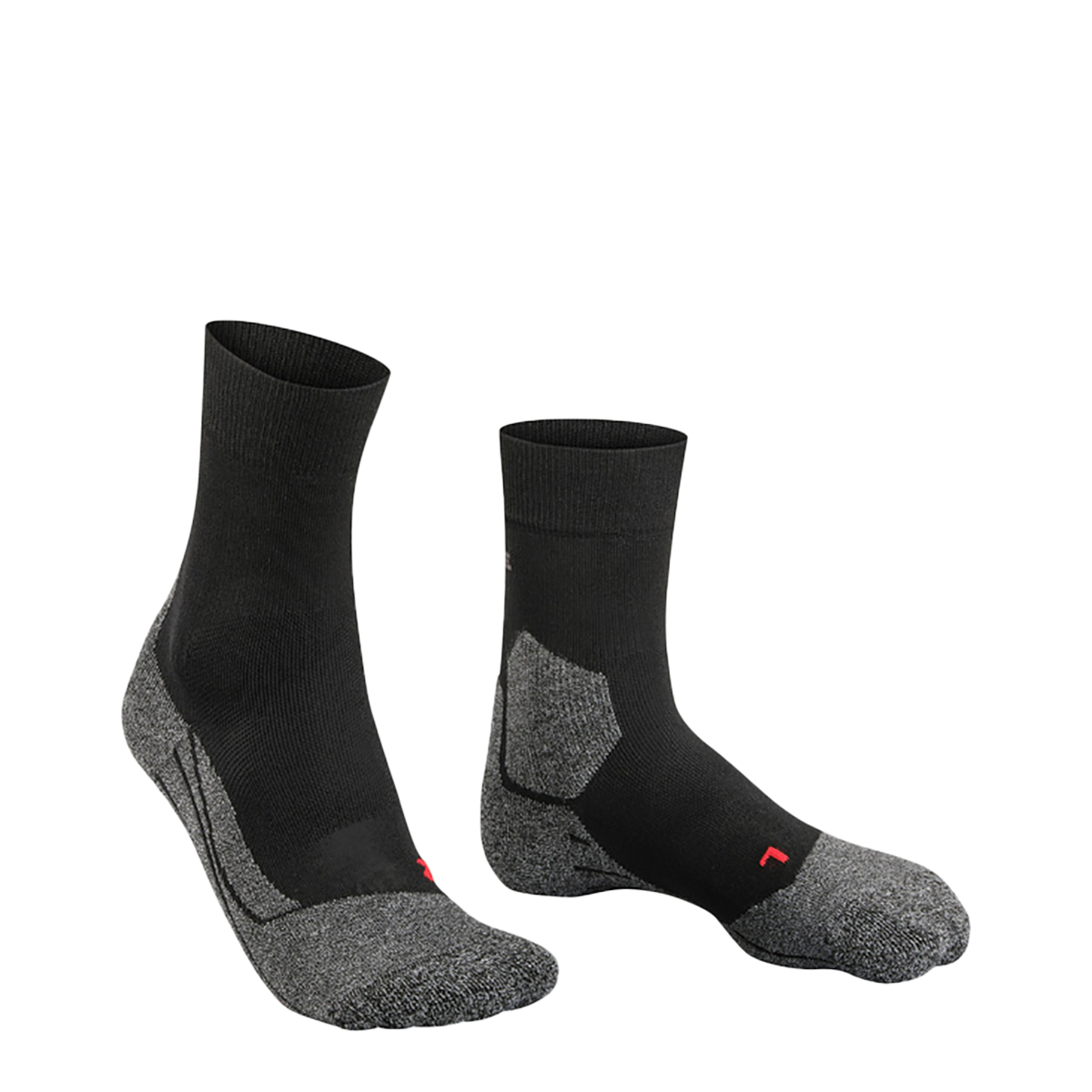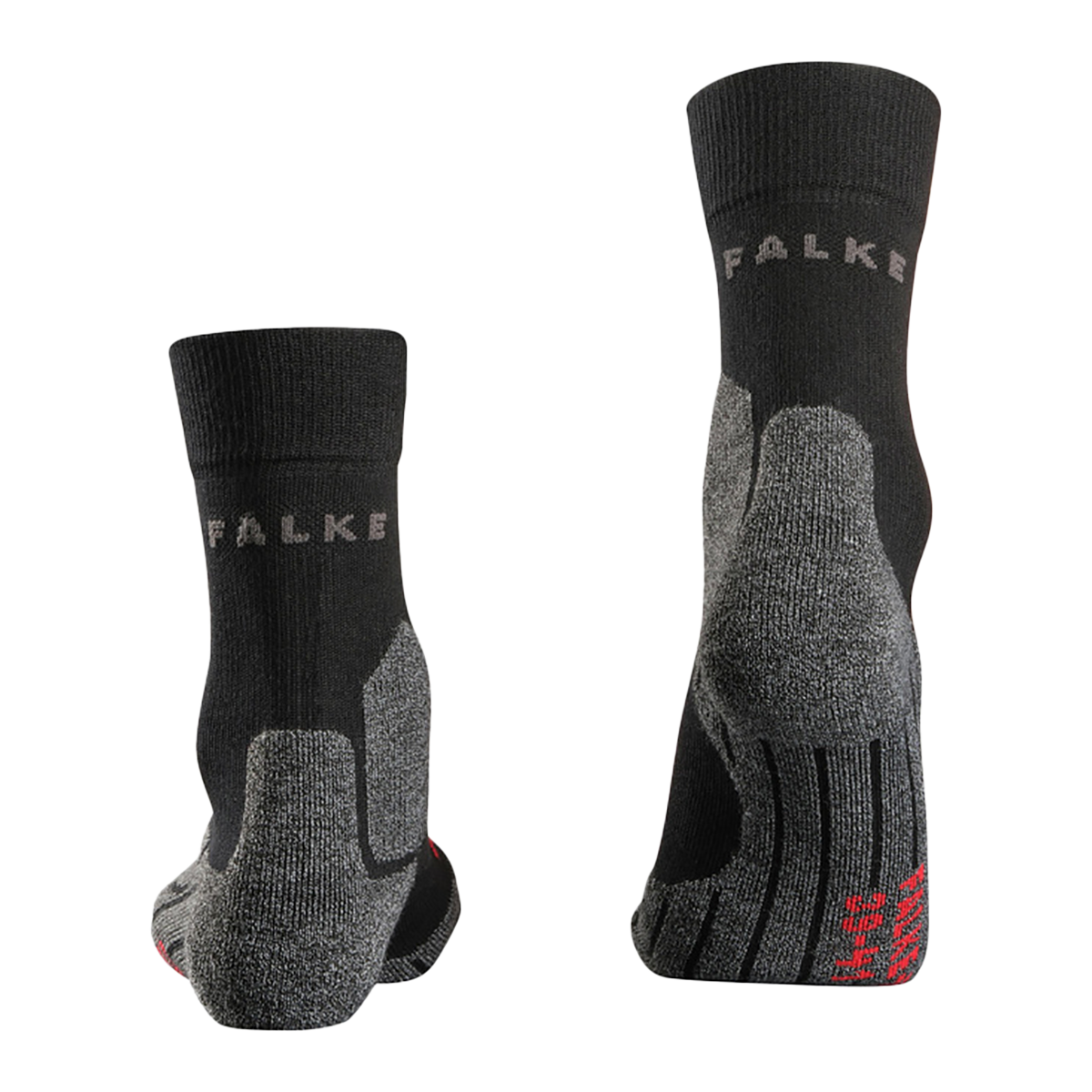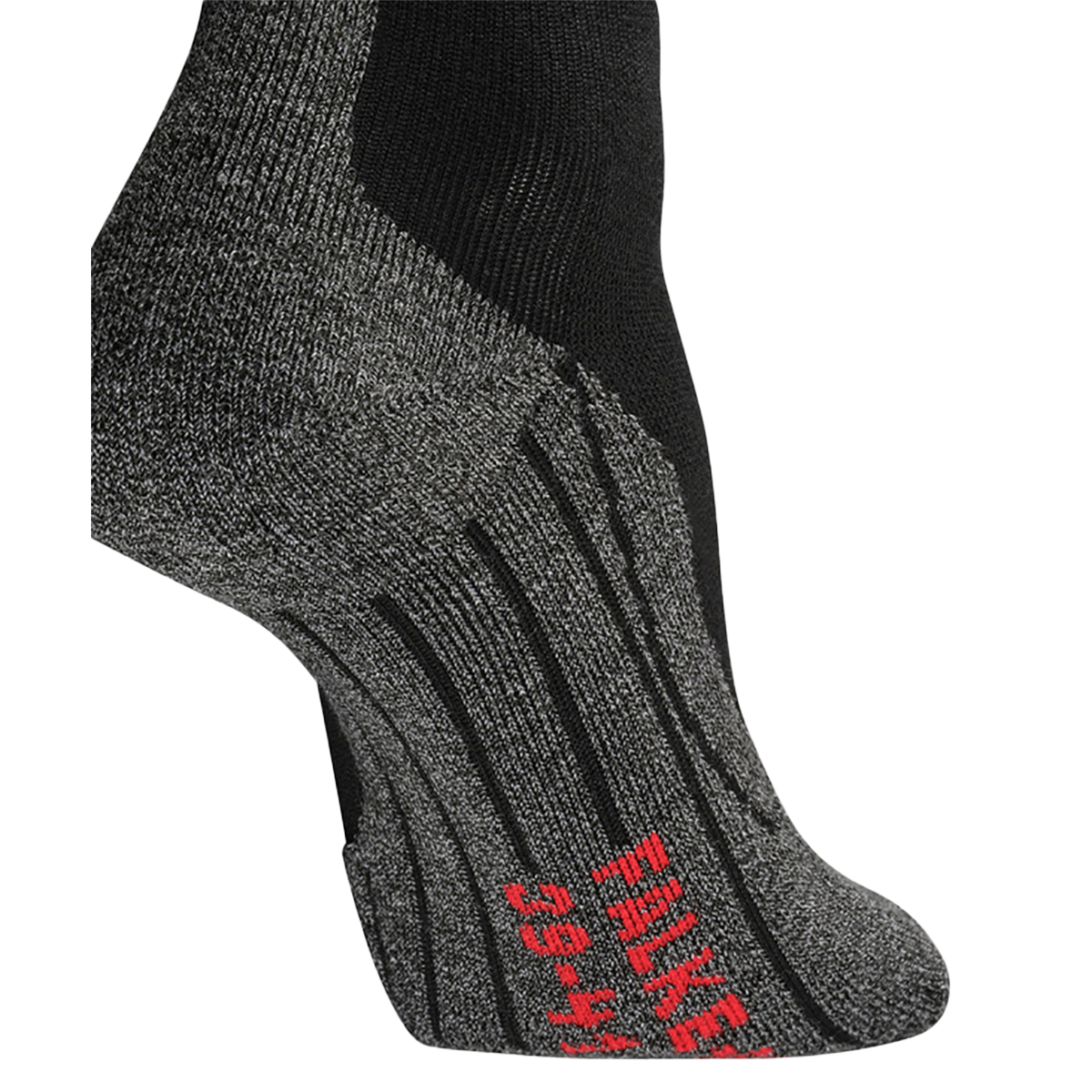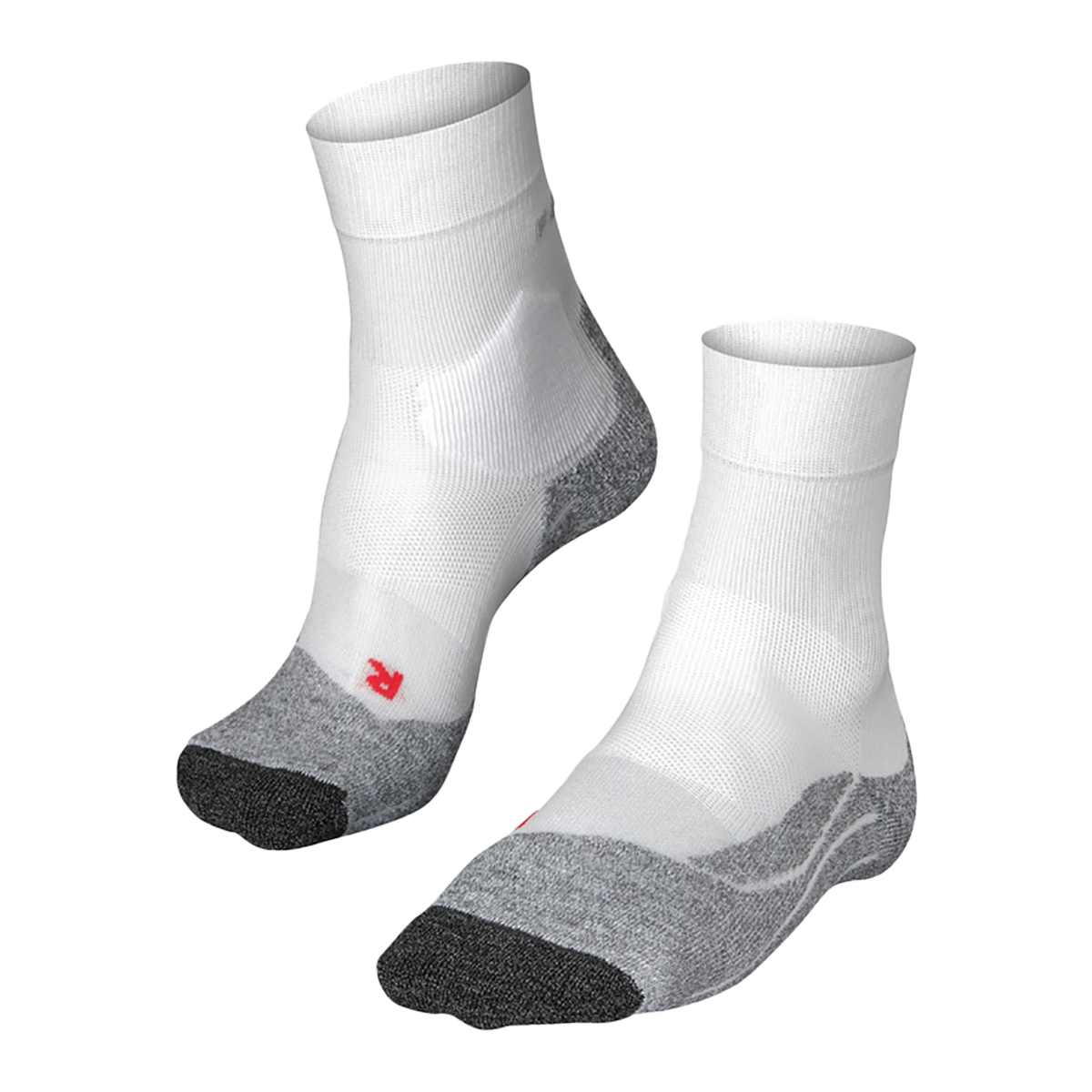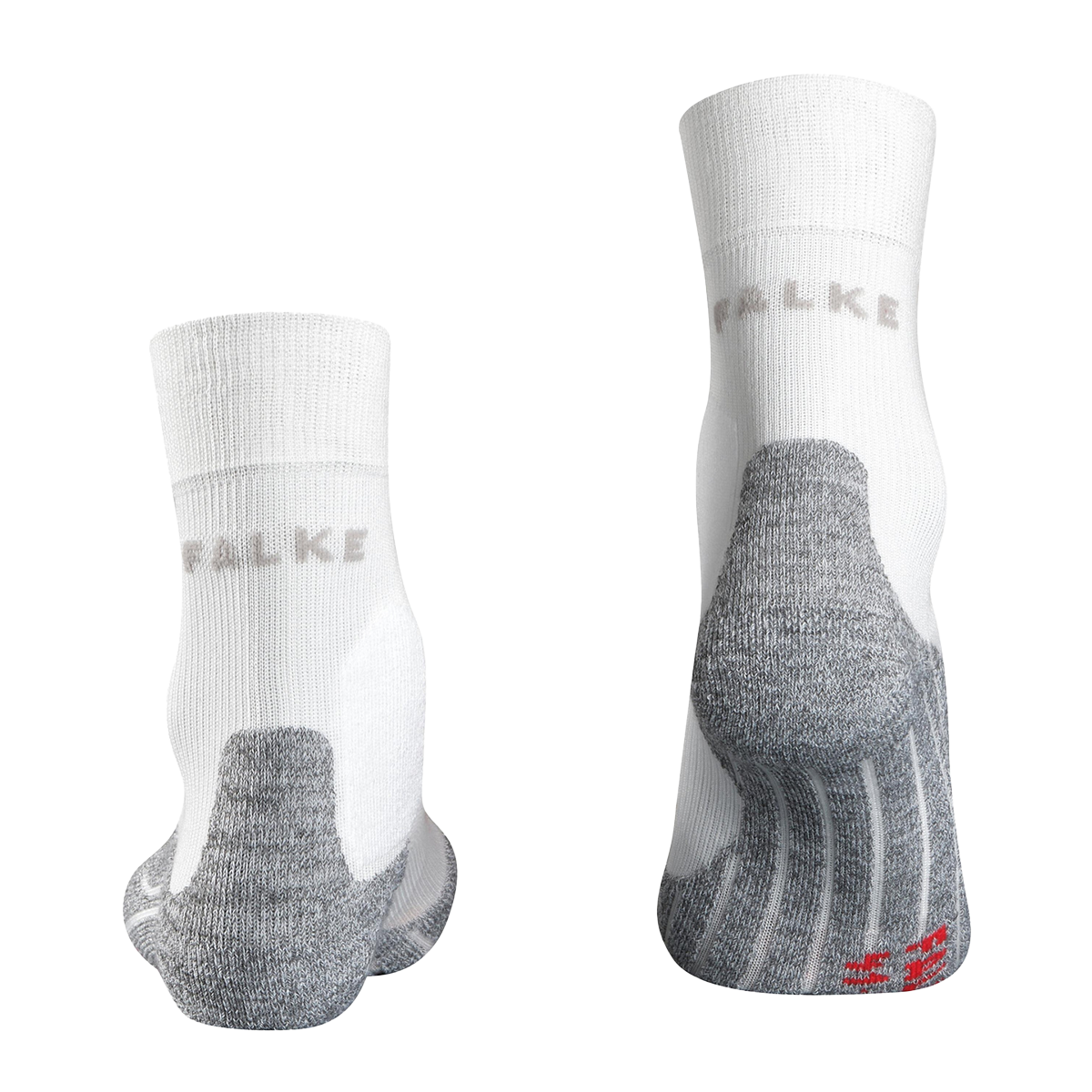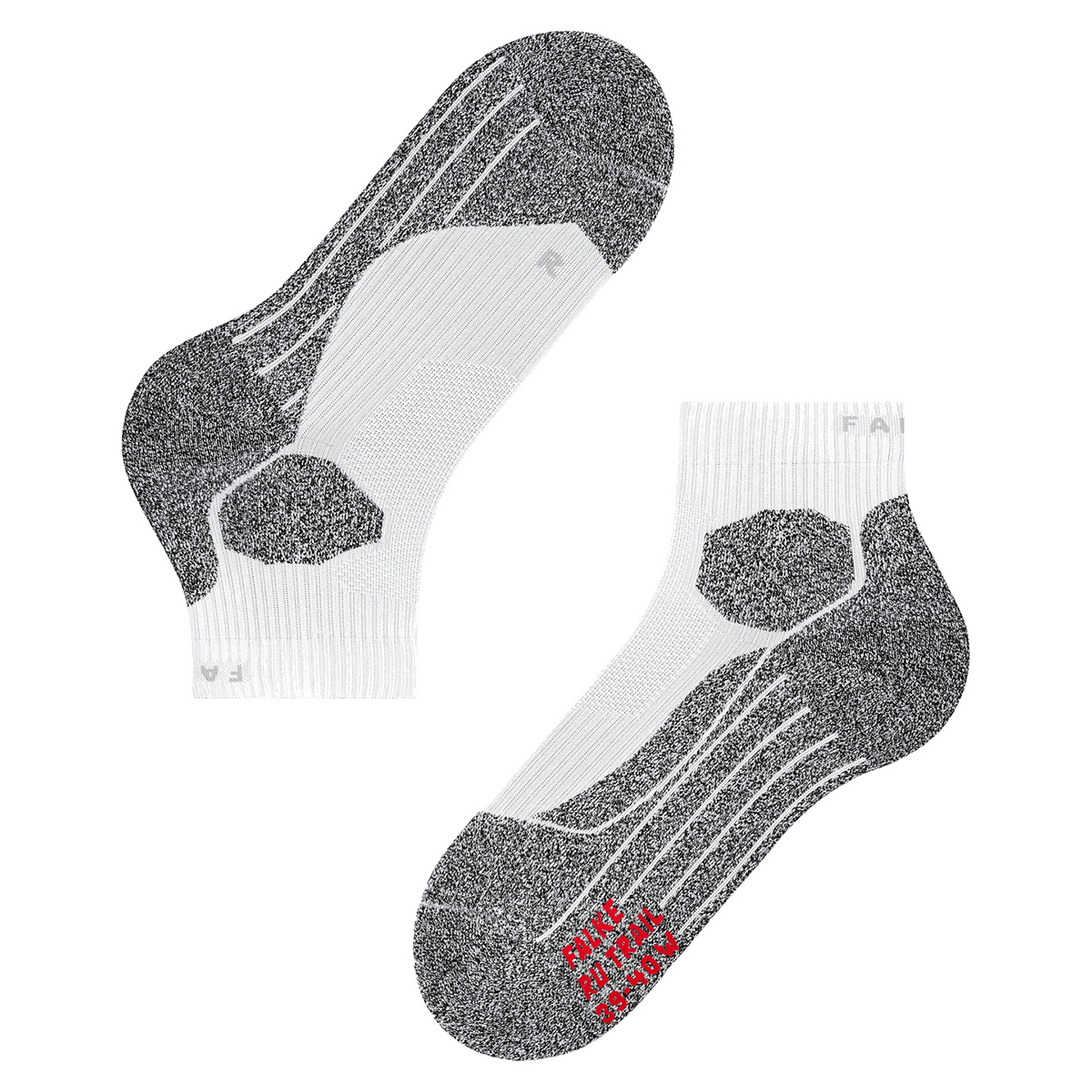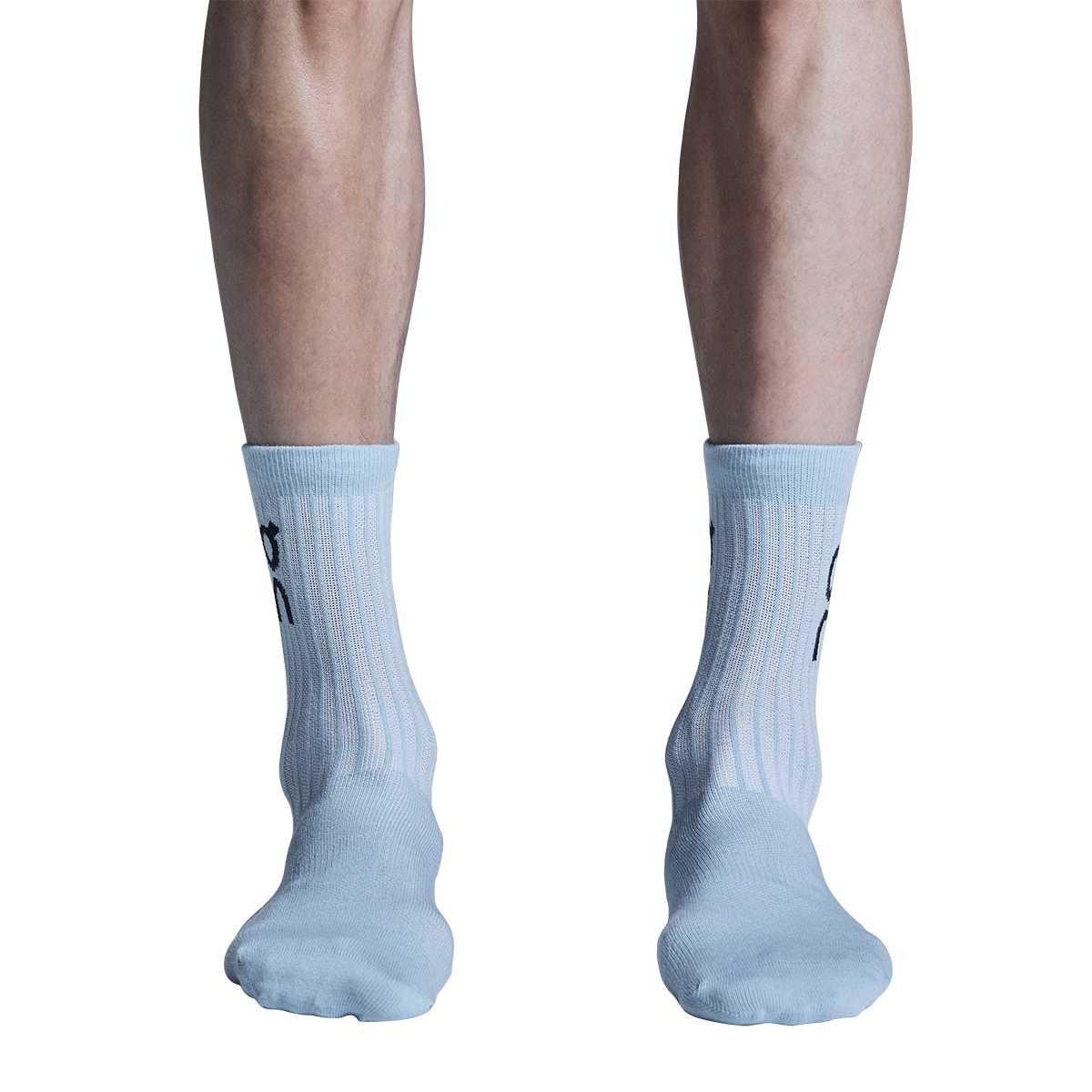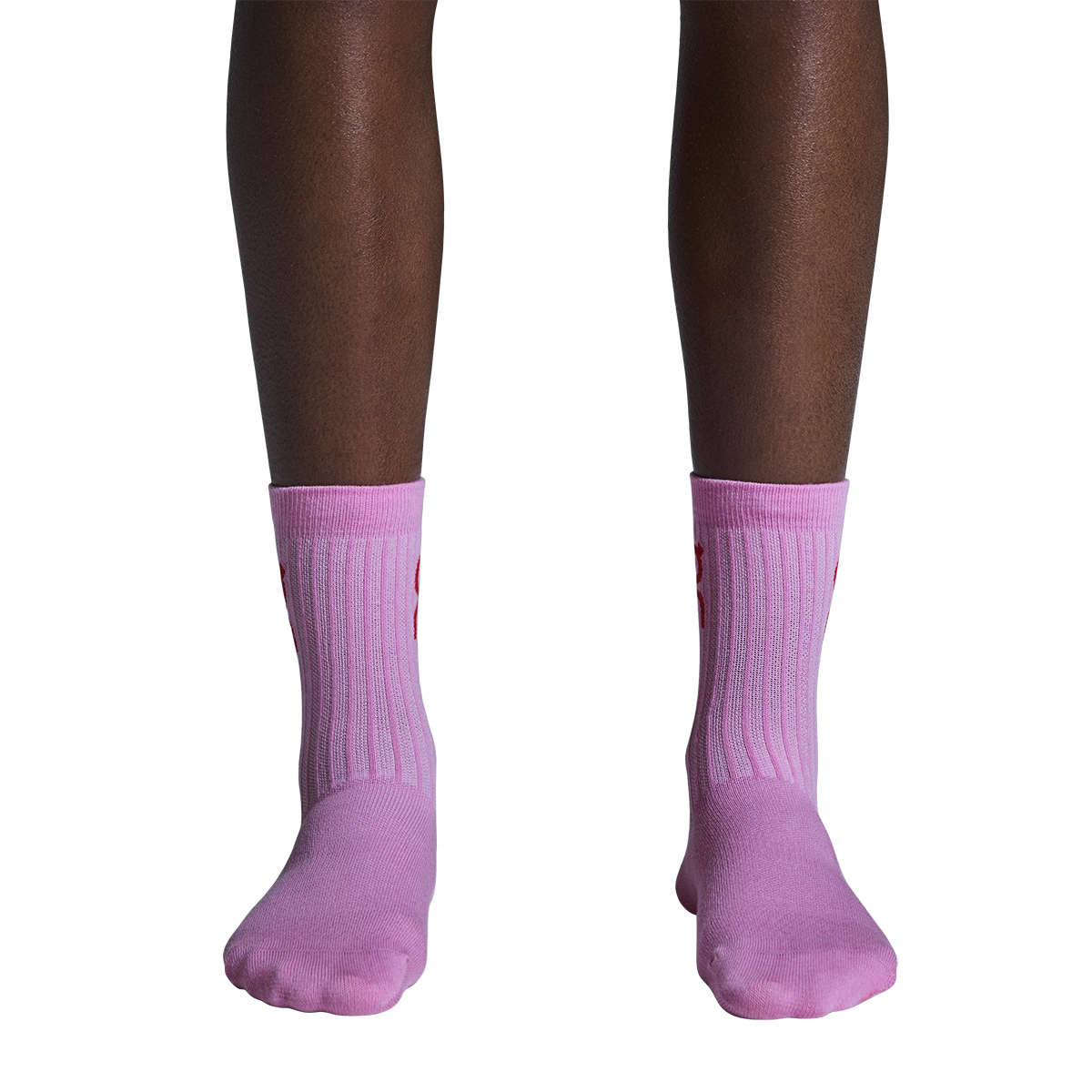Why a Dynamic Warmup Matters
A dynamic warmup is essential for runners because it prepares the body for movement by increasing blood flow and improving joint mobility. Unlike static stretching, which holds muscles in a fixed position, dynamic movements mimic the motions of running, gradually increasing heart rate and flexibility. This type of warm-up enhances neuromuscular coordination, reducing the risk of injury and improving overall performance. By priming the muscles, tendons, and ligaments for the demands of running, a dynamic warmup ensures runners start their workouts feeling loose, strong, and ready to perform at their best.
How Dynamic Warmups Improve Performance
Dynamic warmups help runners perform better by waking up key muscles, improving flexibility, and sharpening coordination. Exercises like high knees, lunges, and leg swings get the muscles firing properly, making each stride more powerful and efficient. This not only boosts speed but also helps with smoother, more controlled movement. Plus, getting the heart rate up and blood flowing ensures muscles get the oxygen and nutrients they need before you hit your stride. With the right warmup routine, runners can move more efficiently and maintain endurance longer during a workout or race.
Best Dynamic Warmup Exercises for Runners
A good dynamic warmup routine gets your body ready to run by activating muscles, improving flexibility, and increasing blood flow. Here are some of the best exercises to include in your pre-run routine:
-
Leg Swings – Loosens up the hips and improves range of motion. Swing one leg forward and back, then side to side.
-
High Knees – Engages the core and hip flexors while increasing heart rate. Lift your knees to waist level while staying light on your feet.
-
Butt Kicks – Warms up the hamstrings and improves stride efficiency. Kick your heels up toward your glutes in a quick, rhythmic motion.
-
Lunges with a Twist – Stretches the hip flexors and activates the core. Step forward into a lunge and twist your torso toward your front leg.
-
A-Skip & B-Skip – Enhances coordination, strengthens leg drive, and mimics running mechanics. Focus on quick, powerful movements.
Adding these exercises to your warm-up routine will help you feel more prepared, reduce injury risk, and improve overall running performance.
Common Mistakes to Avoid
Avoiding common mistakes during a dynamic warm-up can help you run more efficiently and reduce injury risk. Here are a few to watch out for:
-
Skipping the Warm-Up – Going straight into a run can lead to strains and poor performance.
-
Rushing Through Movements – Poor form and speed can limit muscle activation.
-
Holding Static Stretches – Save static stretching for after your run, as it can reduce muscle power.
-
Overdoing It – A warm-up should prepare you, not tire you out.
By keeping your warm-up intentional and controlled, you’ll set yourself up for a stronger, smoother run.
Make It a Habit
A dynamic warmup isn’t just an extra step, it’s a key part of running strong and staying injury free. Making it a habit ensures your muscles are activated, your joints are ready, and your body is primed for performance. It only takes a few minutes but can make a big difference in how you feel during and after your run. Whether you’re training for a race or just out for a jog, committing to a proper warmup will help you run more efficiently and recover better. Make it a habit and your body will thank you!













